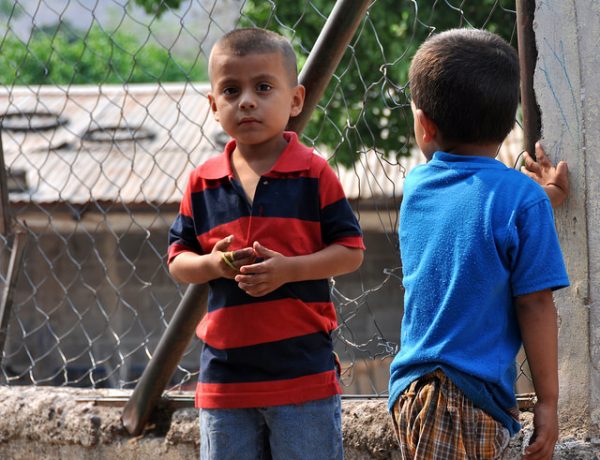
Unaccompanied minors have been migrating to the United States from Central America for decades, but media coverage of this harrowing journey rarely focuses on the reasons behind migration. Though violence and economic peril tend to drive these migration patterns, the journey from Central America is dangerous itself, and the backgrounds of child migrants are not always well understood. Fortunately, sociological research on migration can provide context on the difficulty of the decisions and experiences involved in migration.
Structural conditions, like violence or poverty, do not alone predict unaccompanied child migration. Recent analysis finds that when a parent migrates, their child is more likely to follow them — especially compared to children who do not have parents that migrated. Indeed, unaccompanied migrant children are most likely to migrate the same year as their parents. Gender is also a factor — girls are less likely than boys to migrate when they had parents who migrated, and even less likely when these were unauthorized trips.
- Katharine M. Donato and Blake Sisk. 2015. “Children’s Migration to the United States from Mexico and Central America: Evidence from the Mexican and Latin American Migration Projects.” Journal on Migration and Human Security 3(1): 58-79.
- Lilian Chavez and Cecilia Menjívar. 2010. “Children without Borders: A Mapping of the Literature on Unaccompanied Migrant Children to the United States.” Migraciones Internacionales 5(3): 71-111.
Some unaccompanied minors make this dangerous journey in order to flee life-threatening gang violence at home, which leads many children to claim asylum or special immigrant status upon arrival in the United States. Upon arrival, however, they may be placed in a detention center or be deported back to their countries of origin. Further, to cover costs for the journey to the United States, Central American families gather their money and take on debt. And this all may be for naught if their child is apprehended and deported back to their country of origin.
- Jorge A. Bustamante. 2011. “Extreme Vulnerability of Migrants: The Cases of the United States and Mexico” Migraciones Internacionales 6(20): 97-118.
- Cecilia Menjívar and Krista M. Perreira. 2017. “Undocumented and Unaccompanied: Children of Migration in the European Union and the United States.” Journal of Ethnic and Migration Studies.

Comments